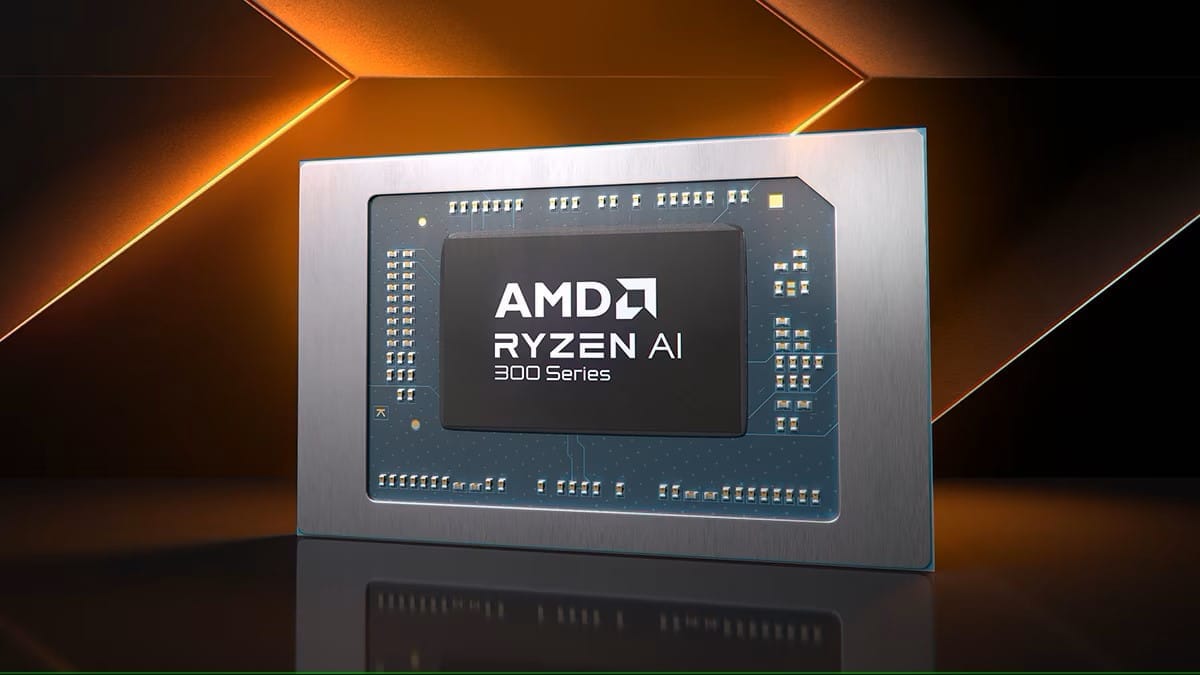The new version allows users to create images and videos with artificial intelligence directly from their device, without relying on the cloud, and with notable acceleration thanks to AMD hardware.
AMD has officially announced the launch of AMUSE 3.0, a powerful local generative artificial intelligence platform developed in collaboration with TensorStack AI, designed to maximize the potential of Ryzen AI processors and Radeon graphics cards. The tool, which is already available in beta, enables users to generate professional-quality images and short videos with 100% local processing, without needing a cloud connection.
With support for over 100 AI models —including Stable Diffusion 3.5, SDXL Lightning, and the FLUX engine— this solution represents a new step by AMD toward creating hardware-accelerated and fully autonomous visual content.
Accelerated Inference and Guaranteed Privacy
One of the main attractions of AMUSE 3.0 is its focus on privacy and performance. All image and video processing is done locally, ensuring greater control over generated data and significantly reducing latency in result generation.
According to figures provided by AMD, optimized models in AMUSE 3.0 can deliver up to 4.3 times the inference speed on GPUs like the Radeon RX 9070 XT, compared to generic AI models. On the other hand, Ryzen AI processors with a 50 TOPS NPU achieve up to 3.3 times improvement in image generation compared to non-optimized versions.
Compatibility with the AMD Ecosystem
The AMUSE 3.0 software is designed to work with specific AMD hardware configurations:
- For standard models like SD 1.5 and LCM, a Radeon GPU with at least 6 GB of VRAM and laptops with 16 GB of RAM are required.
- For more complex models like SDXL or SD 3.5 Medium, a Radeon RX 9070 XT or higher and Ryzen AI 300 or 395+ processors with 32 GB of RAM are recommended.
- For the most demanding models like FLUX.Dev, the platform requires Radeon Pro W7900 or W7800 cards with 48 GB of VRAM.
New Features and Real-World Testing
In addition to image creation, AMUSE 3.0 includes AI-based video filters, expanding capabilities for visual artists, developers, and content creators. Local processing not only enhances speed but also allows experimentation with creative tools without compromising sensitive data.
A test system featuring a Ryzen 9 9950X3D processor and a Radeon RX 9070 Gaming OC showed clear differences between standard and optimized models. Although the final quality doesn’t always vary drastically, the improvements in speed, naturalness of results, and fidelity to prompts make a difference in the user experience.
Download and Start Creating
Interested users can download the beta version of AMUSE 3.0 from the official TensorStack.AI website and enjoy optimized models as long as they have the AMD Adrenalin 24.30.31.05 Optimized driver. Official support is also expected to be included in the upcoming Adrenalin 24.5.1 version.
AMD Bets on Local Generative AI
With AMUSE 3.0, AMD firmly positions itself in the creative artificial intelligence sector, offering a solution that combines performance, privacy, and autonomy. In a context where many platforms still rely on cloud services, AMD introduces a different model: creating with artificial intelligence directly on the device, maximizing its hardware capabilities.
This launch reinforces the company’s strategy to democratize access to generative AI and establish itself as an alternative to cloud solutions from giants like NVIDIA or Google. For AMD users, AI-assisted creativity no longer has to depend on the Internet.
via: Madboxpc

